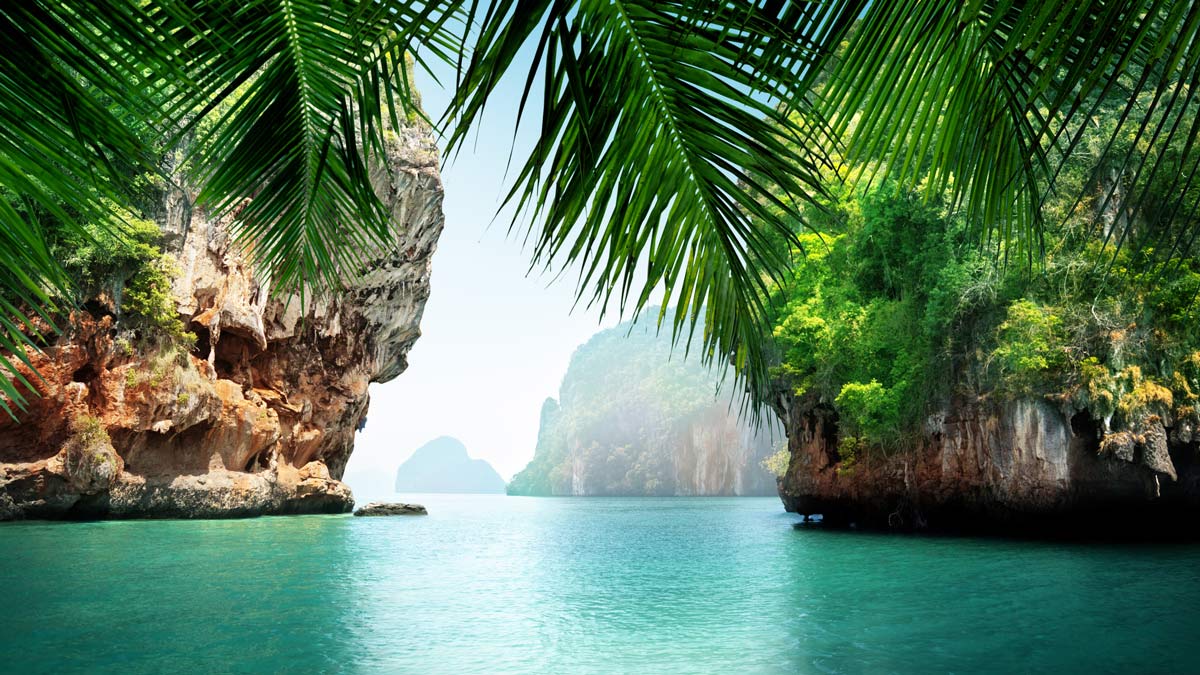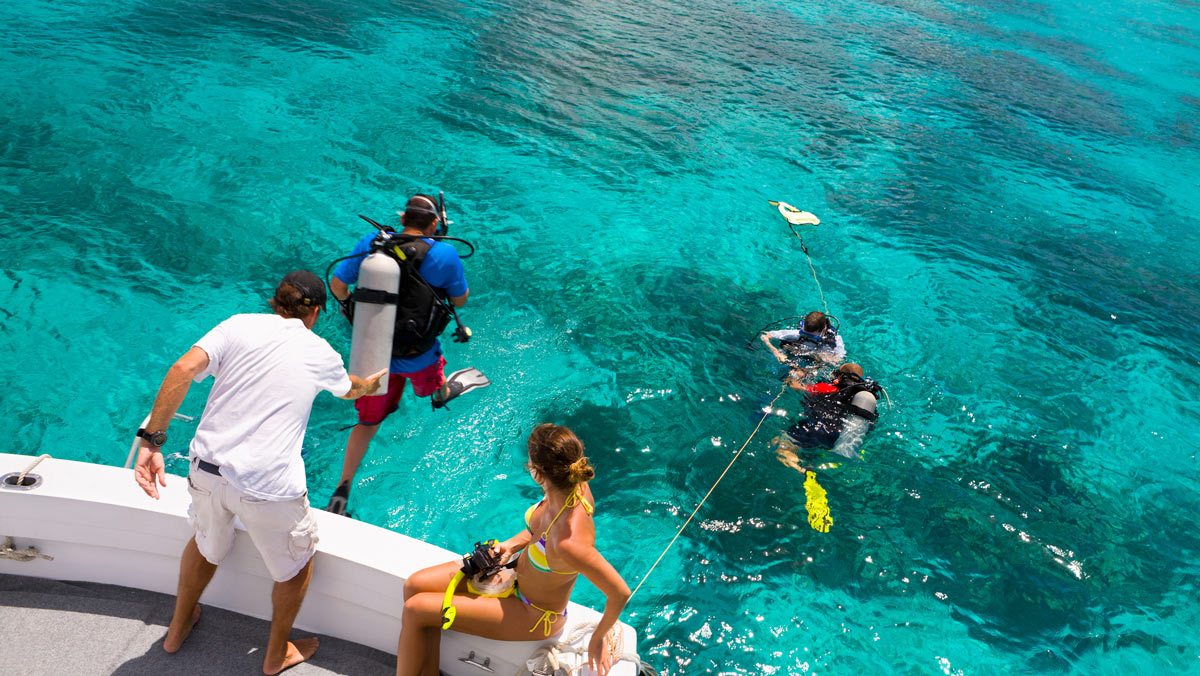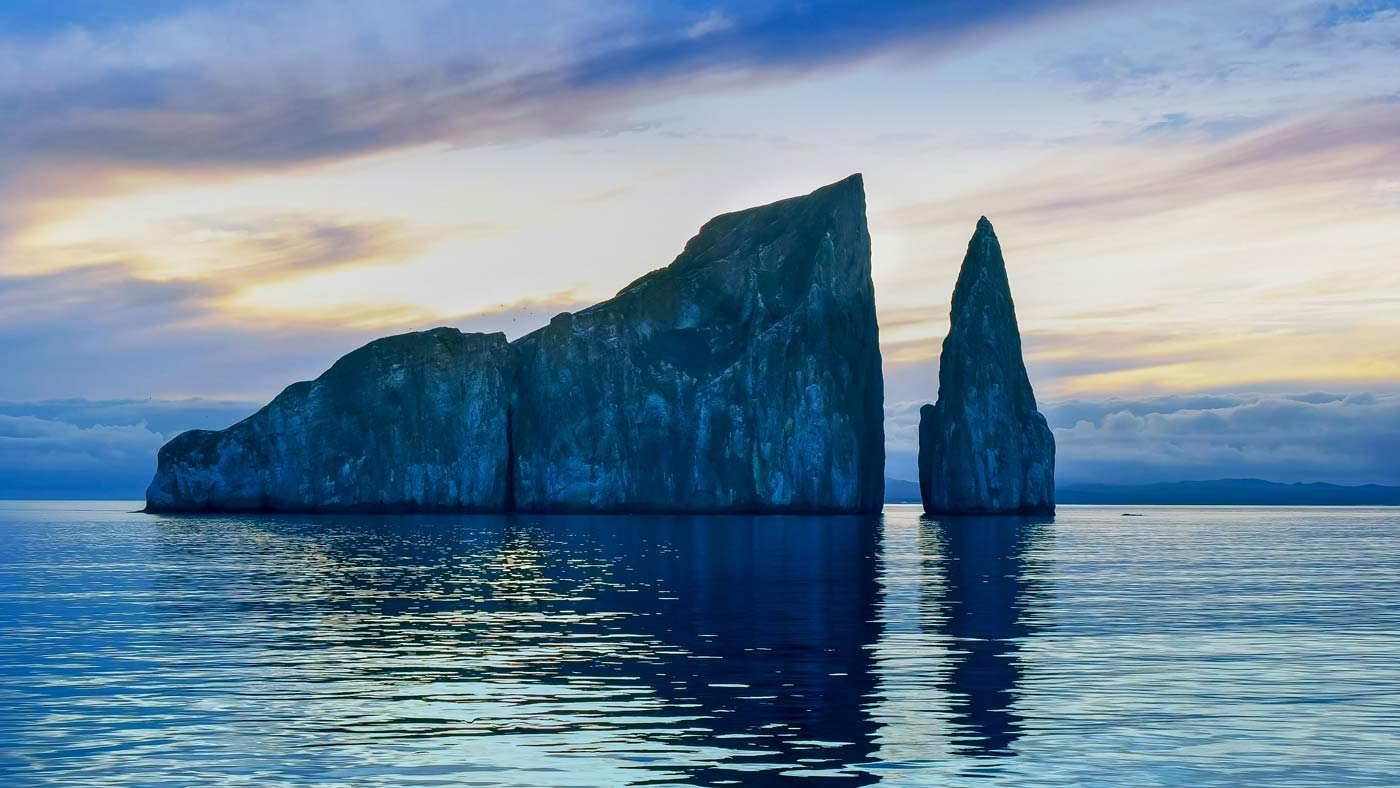If you’re a diver, here’s a little tidbit I’ll wager you’re completely unaware of: Did you know you’re an “adventure tourist?” Indeed, you are — at least according to the travel industry. In fact, scuba diving and snorkeling are specifically listed as adventure travel activities by what may be the top expert in the field — the Adventure Travel Trade Association. They define an adventure tourist as anyone engaged in a travel experience that involves at least two of three elements: 1) physical activity; 2) the natural environment and 3) cultural immersion.
But before venturing further on the adventure tourism path, let’s look first at travel and tourism in general. In terms of both direct and indirect impacts, tourism is a major contributor to the global economy. The international tourism industry generates nearly one trillion dollars annually and comprises 30 percent of the world’s exports of commercial services (six percent of total exports). According to the World Travel and Tourism Council, it accounts for more than nine percent of global Gross Domestic Product (GDP) and employs one in every 10 people on earth. By comparison only three other industries rank higher in global export: fuels, chemicals and automotive products. And it’s growing.
The scuba diving industry is an excellent example of how tourism has grown in recent years. In fact, it has changed fundamentally. Once driven by scuba equipment sales it’s now driven by travel. For example, at 19 billion dollars in revenue annually, dive travel now accounts for more than six times the revenue generated by dive equipment sales.
But you’re not in the diving or tourism business. So, why should you care? The reason is simple. The dollars quoted in all those statistics are your dollars. Thus, you have a very big voice in how, where and on what that money is spent. In other words, you have enormous power to influence the future direction of the travel industry, generally, and the dive travel industry, directly. More importantly, your dollars don’t just contribute to the financial success of whatever travel provider you choose. If you choose wisely, your dollars can also have a positive impact on the quality of the destination you visit and on those who live there.
RELATED READ: How Shark Tourism is Protecting Global Shark Populations
So, what’s the problem? Well, it turns out that tourism can be a double-edged sword. In many ways it has the potential to be a victim of its own success.
International tourist arrivals (overnight visitors) now exceed a billion per year — millions of which are scuba divers. That’s equivalent to the entire population of China and the numbers are expected to increase to nearly two billion by 2030. So, it’s hardly surprising that at destinations where their bread and butter is a natural resource (like coral reefs), the impact from tourism can range from harmful to devastating. Yet, tourism can be done responsibly and actually become a positive force for conservation, if — and that’s a big “if” — it’s done right. It’s up to you. As one travel expert has puts it, “Tourism is like fire — it can cook your meal, or it can burn your house down. The choice is yours.” Preventing the fire of tourism from getting out of control is the biggest challenge facing the travel industry today because some popular destinations around the world are being literally “loved to death.” This phenomenon even has a name — overtourism.

When it comes to the environmental consequences of overtourism, marine tourism is perhaps the sector most affected of all nature-based travel activities. As a major share of marine tourism takes place in the tropics — and what draws folks there is the environment — it doesn’t take a genius to realize that much of marine tourism is wholly dependent upon healthy coral reefs and associated ecosystems (seagrass beds and mangrove forests). And surely there’s no segment of tourism more dependent on the continued existence of healthy coral reefs than scuba diving.
Of course, tourism isn’t the primary reason for the demise of earth’s coral reefs. And though factors such as destructive fishing practices, pollution, coastal development and climate change are far bigger problems, tourism does play a role. However, the reason reefs at popular dive destinations are in trouble isn’t from what you might assume. When talk turns to how coral reefs are degraded at popular tourist sites, divers are often viewed as the culprits. After all, our high visibility and close association with coral reefs makes us easy targets. Without question, anchors as well as clumsy and careless divers do take their toll on our beloved reefs. And the overabundance of divers on any reef, regardless of their behavior, will have a negative impact. But this problem pales in comparison to other destructive factors.
A colleague of mine once summed up the problem quite accurately. “A diver,” he contends, “probably does more damage to a coral reef by flushing the toilet in his hotel room than he’ll ever do by diving on one.” It was a glib but astute insight into the real problem. From a tourism perspective, the concern is less about direct damage from recreation activities like diving and boating, and more about the indirect threats from the infrastructure needed to support tourism. Every tourist needs a place to eat, sleep and go to the bathroom. They also prefer that these facilities be very near or, ideally, on the water. In addition, every tourist demands the facilities and services that make tourism possible, such as beaches, docks and marinas. These all add to the eutrophication, pollution, demand for seafood and sedimentation problems already threatening reefs from local population pressure (a population pressure that’s sometimes driven by tourism). And considering that on small islands, tourists can sometimes outnumber the local residents, it’s easy to understand the validity of my friend’s “flushing the toilet” assertion.
While the environmental consequences of tourism are often obvious — at least for those willing to take a closer look — there are other not-so-obvious results that involve people. Clearly, the consequences of a rapidly expanding tourism industry have, at many destinations, been as detrimental to societies as it has to the physical environment. For instance, many developing countries’ job opportunities in tourism have encouraged the migration of people to tourism centers, often disrupting or outright destroying traditional ways of life. Already some communities and cultures have been completely displaced or destroyed by a booming tourism trade. This social upheaval can lead to problems with crime, pollution and a general erosion in the fabric of society. Ironically, this can lead to the decline in the appeal of a destination because it no longer feels “authentic” to travelers, thus killing the golden egg-bearing goose.
RELATED READ: A Guide to Ocean Conservation Organizations and Efforts
This phenomenon is, in fact, so common and well-studied that it even has a name — the Tourism Area Life Cycle (TALC). The TALC cycle views tourism as a dynamic process where destinations go through predictable successive stages. It starts when a relatively undeveloped location initially attracts a few adventurous tourists seeking pristine nature and indigenous cultures. Then, as tour operators and related businesses recognize the market potential of the location, the local tourism industry rapidly expands and develops. However, the changed nature of the now “discovered” destination causes the type of tourists who were initially attracted by the undeveloped nature of the location to move on to other destinations that remain undeveloped and pristine — and the cycle is repeated.
But there’s nothing inevitable about this cycle. By recognizing the cycle of overtourism and unsustainable tourism practice soon enough, destinations can reverse the downward spiral. Corrective actions can be taken, such as limiting tourist numbers, establishing marine protected areas, improving infrastructure codes or restricting certain destructive practices. Ideally, the entire tourism paradigm can change, but this calls for a different kind of tourism: Sustainable tourism.

The concept and practice of “sustainable tourism” is a multi-facated concern. Destinations that welcome divers must protect their resources by protecting dive sites from anchor damage and overuse. They must also address issues related to infrastructure and reducing plastic pollution.
Sustainable Tourism: A New Paradigm
The problem is that undiscovered tourism destinations are not unlimited. As a popular protest poster tells us, “There is No Planet B.” Tourism has become so big that we have almost run out of truly pristine locations. So, without the option of creating more places on earth, the only reasonable alternative is conducting the business of tourism in a different way — and that’s exactly what’s beginning to happen all around the world. Tourism, and tourists, are changing for the better. So, let’s look at how.
Traditionally, the reason for travel has been to rest and relax. In the marine sector, this emphasis on leisure is referred to as “sun, sea and sand” tourism. This describes the bulk of marine tourists and probably always will. But over the past few decades there have been some significant changes. Increasingly, tourists want more from their holiday than a suntan and souvenirs. These more intrepid travelers — I’ll no longer call them tourists — want a closer and more experiential encounter with the destination they visit than lying on the beach during the day and partying at night. For many, the primary motivation for selecting a destination is not the quality of its beaches, golf courses or of night life, but its healthy natural environment and undisturbed culture. In the words of one tourism expert, “An increasing number of travelers today want holiday experiences that are authentic, immersive and self-directed.” And what’s good news for us is that’s almost the perfect definition of scuba diving.
The other good news is that, while the travel and tourism industry is sustaining a healthy grow of five to seven percent annually, the adventure and nature-based travel industries are growing in the 20 to 30 percent range. And even more significantly, these travelers most often understand, in fact prefer, to travel responsibly. Of course, this hasn’t gone unnoticed by many within the travel industry and has already led to massive changes in the travel products offered by many destinations and how they’re marketed.
The evolution of adventure travel can be traced to early attempts to meet the demand of changing attitudes toward tourism, which led to the development of the ecotourism industry. From this evolved the idea that travel should not only serve the tourist but the destination and its inhabitants as well. As ecotourism became more mainstream, newer and more authentic directions were explored and the market segmented into many more specialized sectors and activities. Then, with the growing recognition of the declining state of earth’s environment, many in tourism began to realize that making tourism more accountable to both the local environment and residents could no longer be just a specialized endeavor targeted to “tree-huggers.” All forms of tourism should become part of the solution and not part of the problem. From this movement was born the idea of “responsible tourism,” or what’s become better known as “sustainable tourism” — an off-shoot of the growing concern for sustainable development.
CLICK HERE TO DOWNLOAD OUR SUSTAINABLE TOURISM CHECKLIST
But what exactly does sustainable tourism really mean? While arguments rage among the experts in the field, one of the best functional definitions has been offered by those who have been involved in international tourism since its inception, Caribbean islanders. According to the Organization of Eastern Caribbean States, sustainable tourism is defined as “the optimal use of natural and cultural resources for national development on an equitable and self-sustaining basis to provide a unique visitor experience and an improved quality of life through partnership among government, the private sector and communities.” Importantly, this definition recognizes that tourism isn’t just an economic activity. As it has both environment and cultural consequences, so too must it take into account, and be responsible for, its effects. This ethos is exemplified in the commonly used sustainable tourism mantra “people, planet, profit” or what some have termed the “triple bottom line.”
In general, sustainable tourism has six underlying goals. These include: minimizing environmental impacts; improving local contribution to sustainable development; protecting the quality of the environment by maintaining biological diversity and ecosystem function; minimizing the use of non-renewable resources; ensuring cultural integrity, local ownership and social cohesion of the community; and last, but certainly not least, providing a high quality experience for tourists.
Today, savvy tourism operators trying to cater to the new, more environmentally and socially conscious traveler have a daunting task. No longer can they be satisfied by having the nicest hotel and restaurant or best beach or even the most exciting tours. Study after study has shown that many travelers today — a majority of European and a fast-growing number from the U.S. — are just as or more concerned with the environmental and social footprint of their travel provider as they are with the actual product. So, travel providers and destinations today aren’t turning to sustainability because it’s a nice thing to do for the earth or future generations. They’re doing so because it makes business sense and realize that not to do so will at some point will mean they’ll no longer be in business.
So, What Can You Do?
My experience has been that divers are a special breed. The most serious among us are anything but tourists — we’re travelers. We take very seriously our responsibility to protect the environments we visit and are increasingly recognizing that our travel demands are sometimes placing undue stress on local ecosystems and cultures. So, what we can do to help ensure that operators and destinations hear our wishes loud and clear to make tourism more sustainable is simple. As I indicated at the beginning, we can vote with our wallets. When making your choice of what destination and operator to patronize, take a few minutes to consider not only what you might “get for your dollar,” but how that destination or operator does business and reward those who are doing it right. In that way, you can become part of the solution and help drive a process that will make tourism a positive force for change. Let’s use the fire that we helped ignite to create a warm glow — not burn our house down.







